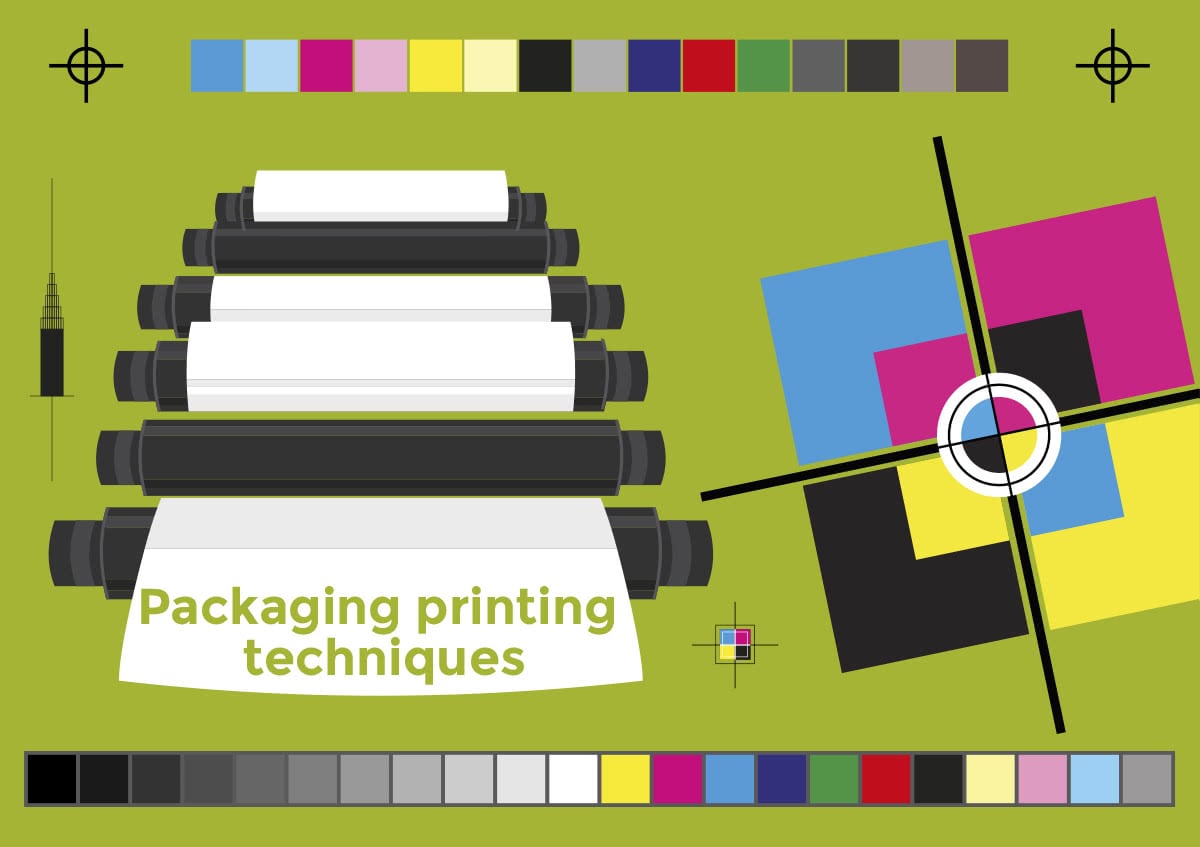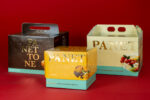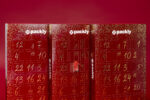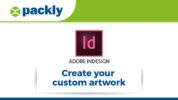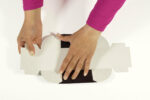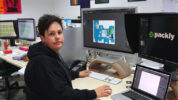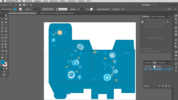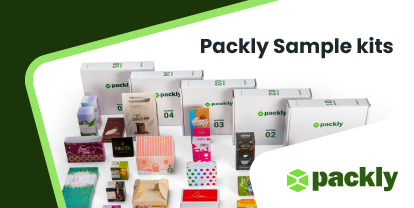Printmaking is an old art that originates in China in the 7th Century. Born with woodblocks system, it turned into movable characters later. Thanks to Gutenberg, typographic printing was introduced and the next technological revolutions allowed the invention of offset printing until the modern digital printing.
In this article we will explain the working principles of the most different widely-known printing techniques in the packaging world: offset, flexography, rotogravure and digital, taking a look at future technologies.
Offset printing
Offset printing is an indirect printing system because the ink is transferred from an aluminum plate, on which the image to be printed is engraved, to a rubber roller and then to the printing support (usually paper or paperboard).
During the process, quite complex, the ink included in the inkwell (or tank) is first transferred into the mills group. The plate, covering the cylinder, is then touched by the water rollers, which deliver a water layer, and by the ink rollers, which transfer the ink. In turn, the aluminum plate transfers the ink on a rubber cylinder that will impress the artwork on the printing support.
The main advantages concerning the offset printing are certainly the print high quality and speed. This kind of printing is usually used for quite large volume runs, due to the manufacturing costs that don’t suit short runs needs.
Flexography
Flexography, called also flexo, is a direct technique that uses rubber printing plates that transfer the ink directly on the printing surface.
The ink is transferred from an ink chamber to the anilox roll (usually made of steel or ceramic) where a blade (or doctor blade) removes the excess ink. Then, the ink is transferred to the printing roll (called also cliché) that will deliver it on the printing support.
Some cells are engraved on the anilox roll and are filled up with ink. A higher concentration of cells per square centimeter is the right way to achieve a more definite result. On the contrary, a lower concentration of cells is useful to print on large surfaces.
First, this technique didn’t offer special results but, thanks to the introduction of digital engraving technology (CTP flexo), the quality improved. It is mainly used to print on plastic films and corrugated cardboard.
Rotogravure
Rotogravure is a direct and rotary printing technique. The process involves an inked roll that delivers the ink directly on the printing support. The printing roll is made of steel and plated with a copper layer on that the image to be printed will be engraved. Carved areas contain the ink coming from the inkwell and the excess is removed by the blade doctor, like in flexography. Now, the engraved roll transfers the ink on the paper, by pressing on it.
The printing roll consists of a series of cells of different depths; deeper cells will contain more ink and the print will be more intense because a larger quantity of ink will be transferred on paper. This technique is usually used for very high volume of million copies.
Digital printing
Digital printing is a technique involving a digital process whereby the ink is directly (or indirectly) impressed on the printing support, without using dies or cliché. This category includes different printing techniques, like inkjet, xerography, toner, and so on.
In most digital processes the ink does not permeate the printing support but forms on it a layer that will be adhered, for example, through a heat process in case of toner, or through UV curing process in case of inkjet.
The advantage of this technology is the low unit price on short runs, because there are not fixed manufacturing costs (cliché or dies are not involved). In the packaging world, the high quality digital printing concerning small volume is increasingly growing, anyway nowadays the bigger digital printing manufacturings produce technologies able to print high quality packaging (compared to offset) only till small format (B2, about 50x70cm).
Nanography
What the future holds? Probably the next digital revolution will be the nanography, a printing process that uses nano-pigments, water-based inks realized through nanotechnologies. According to Landa’s statement, the company that introduced this technology in 2012, nanography is able to give short manufacturing times, small runs and high-quality printing compared to the offset one. We look forward to a machine prototype by Landa to the next Drupa, the most important printing event, that will hold on May 2016 in Germany.

Packly offers a cutting-edge service thanks to a technology internally developed that is able to produce excellent quality small and large printing formats ( B1 70×100 cm), even for short runs, at competitive prices.
